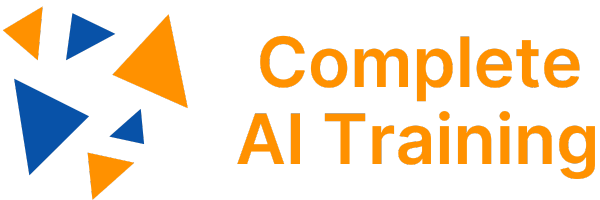How Letting Go of My AI SaaS Transformed My Business in Surprising Ways
The Journey of Landing Page Generator Success
Starting off with an idea inspired by the burgeoning AI landscape, I embarked on a mission to create an AI-driven landing page generator. It seemed like the perfect time, with everyone buzzing about AI tools, ChatGPT, and more. The concept was straightforward: using GPT-4 and Stable Diffusion to generate landing pages with minimal input.
Conceptualizing the AI-Powered Generator
I’ve always enjoyed playing around with new technologies, and the rise of AI provided the perfect playground. Considering my experience as a solo developer, having built around 20 websites in the preceding years, the prospect of creating automated landing pages seemed both exciting and feasible. The idea was simple: users could input text, specify details like tone and color, and the AI would handle the rest.
Initial Build and Market Introduction
I jumped right into development. The initial product was minimalistic but functional. It allowed users to fill out a form specifying the desired tone, colors, and other details. The AI then generated a landing page based on these inputs, complete with images and text.
When a user paid for the service, I made API requests to GPT-4 for text inputs, which resulted in personalized landing pages. Although the images weren’t always optimal, the results were good enough for early adopters.
Refining and Rebranding
The initial success was modest but encouraging. The product was launched on Product Hunt and received a warm reception, ranking third for the day. Building in public on Twitter also helped in gaining initial traction. However, I hit a roadblock when I realized my startup’s name clashed with a larger company, necessitating a rebrand from ‘Lending AI’ to ‘Mech Lending’.
This led to a more refined version, boasting a more user-friendly interface. Users could now customize various aspects of their landing pages, from headlines to images and colors, making the generator more versatile and appealing.
Making Waves with the Updated Version
With a polished product in hand, I launched the updated version. This came with a new demo on the landing page, showcasing the AI’s capabilities, which helped capture more attention. Despite a slight price increase, the updated generator saw good traffic and conversions, boosting revenue.
However, the competitive landscape was tough. Competing with giants like Framer, WordPress, and Webflow made it difficult to retain customers. Even with decent visitor numbers, I struggled to convert them into paying customers.
The Decision to Sell
Facing these challenges, I decided it was time to sell. Listed the startup on Acquire.com, an acquisition marketplace, and received several offers almost immediately. After reviewing the offers and negotiations, I sold the AI SaaS for $35,000. Surprisingly, the deal was closed without even a phone call — just pure digital negotiations.
Embracing the Next Chapter
The entire journey brought in a total of $50,000, which provided a significant financial cushion. This was my third startup acquisition within a year. The financial freedom from this sale enabled me to focus on additional projects, which are now generating $50,000 monthly with high profitability.
Looking back, the key takeaway from this journey is to build daily, find a problem worth solving, and launch a minimal viable product. You never know where it might lead — perhaps to a successful exit that provides you with the freedom and clarity to pursue your next big idea.
Curious about leveraging AI for passive income? Explore our guide to make the most of AI in today’s economy.



